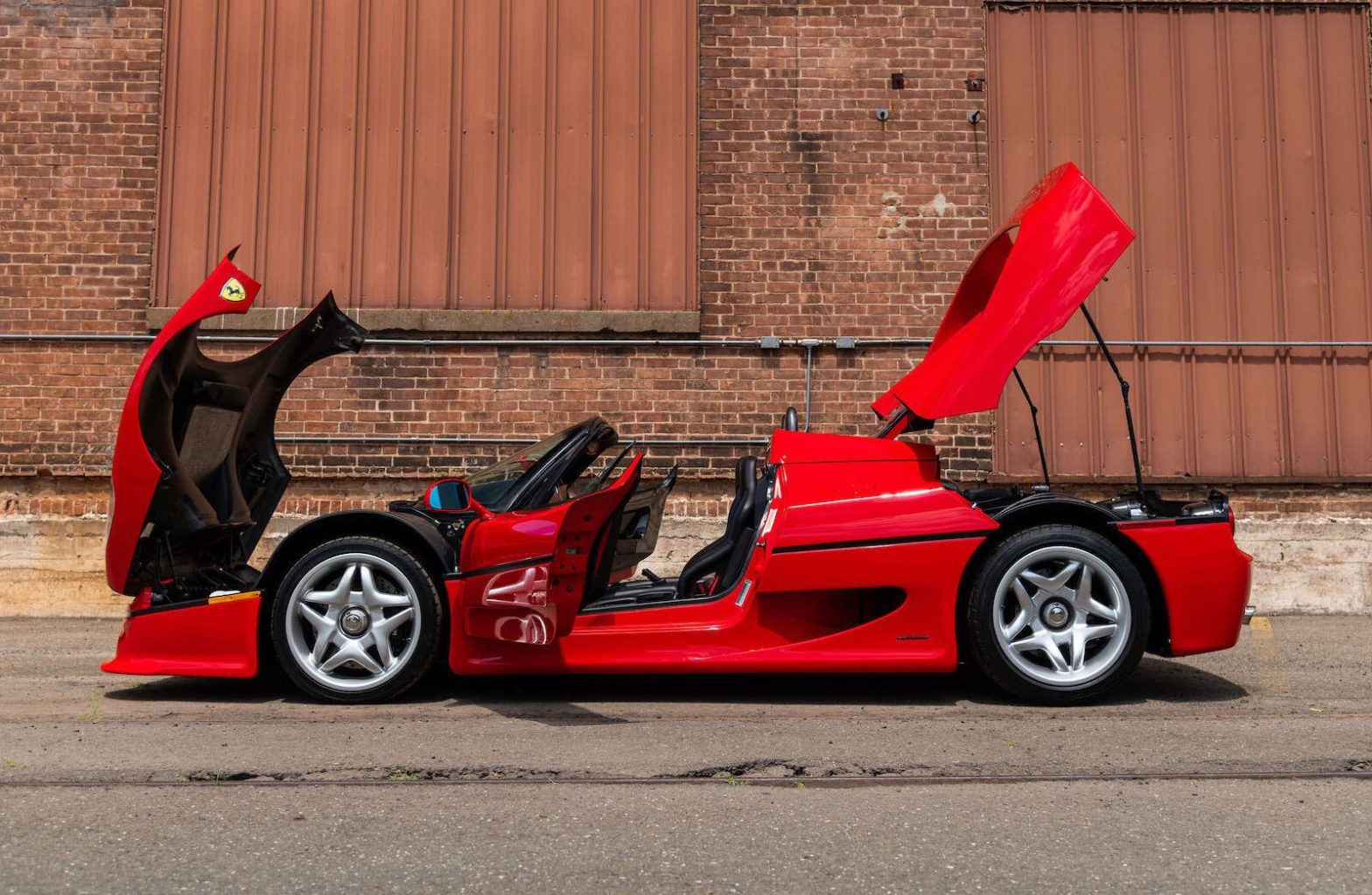At the RM Sotheby’s Monterey 2021 classic car auction, a Ferrari F50 went under the hammer for an eye-watering $3.96 million. Fast forward to March 2022, and a pristine F50 example, with only 819 miles on the odometer, smashed that number by over half a million dollars. It sold for $4.6 million, setting a new model world record in the process.
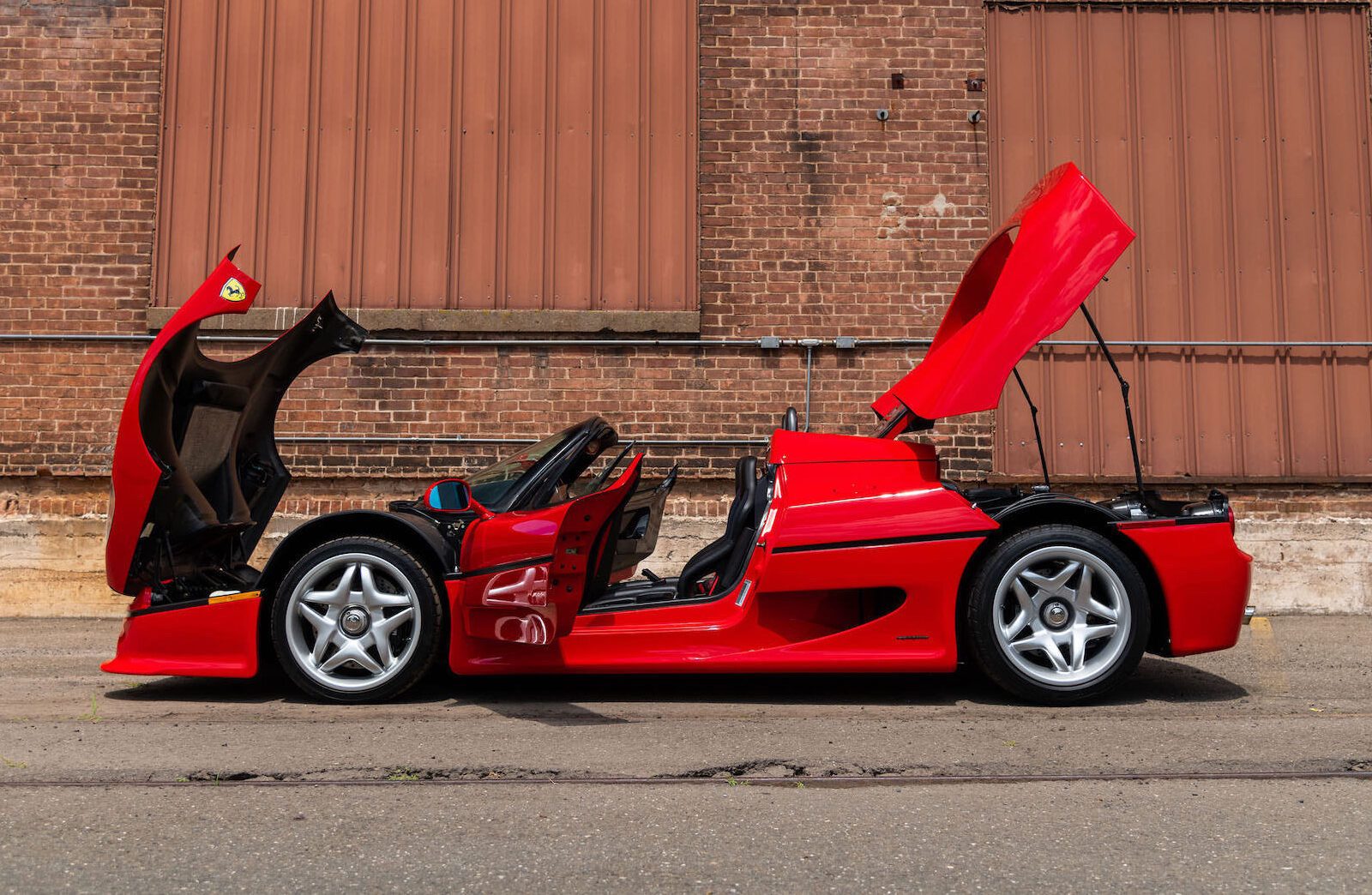

These astronomical sums speak to the exclusivity and value of the Ferrari F50. However, the numbers do not tell the complete story. Yes, the Ferrari F50 has achieved a ‘holy grail’ status among uber-wealthy private collectors. The issue here is how rapidly that status wanes as you go beyond niche collectors to include the wider car community. The F50 is something of a forgotten supercar, lost somewhere in a red haze as Ferrari transitioned from the F40 to the Enzo.
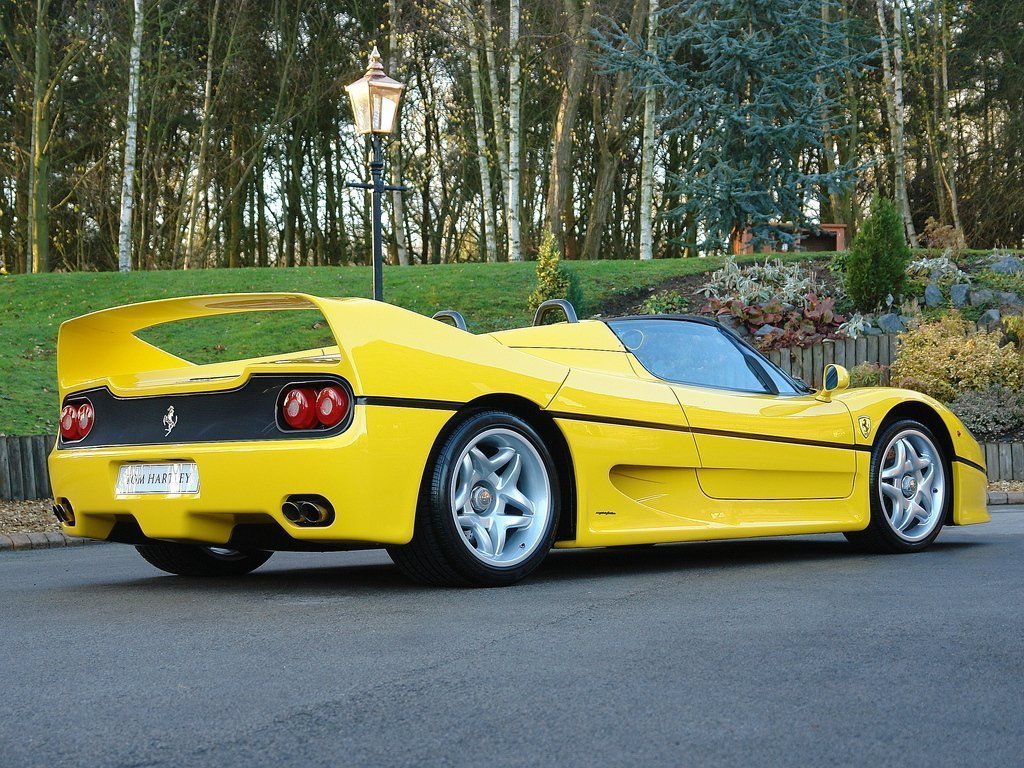

It is an unfortunate situation, really. The F50 was a ’90s era powerhouse and a technological frontrunner in many ways. Okay, the F50 may not be in the same league as, say, the McLaren F1, but there is no reason why we should not fawn over the car the same way we adore the brutal F40.
The Birth of a Special Ferrari
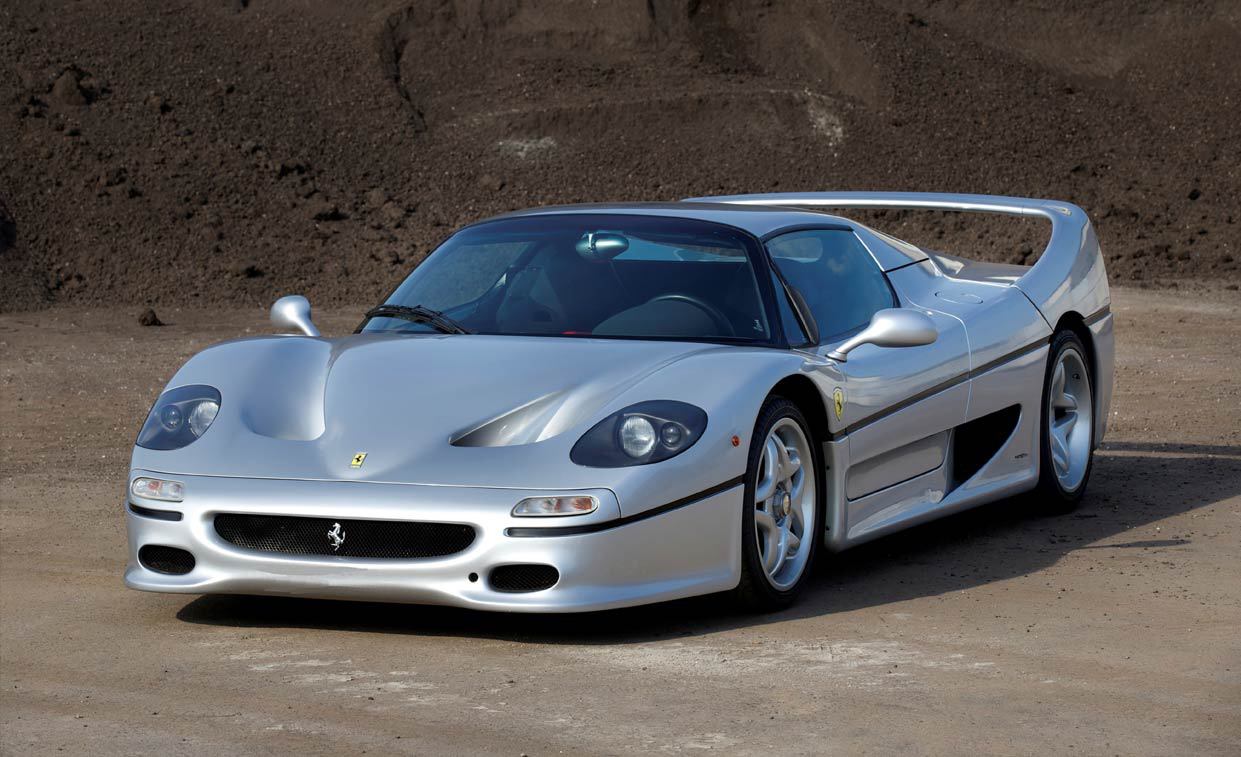

Ferrari wanted to celebrate its half-century of existence in a big way. Instead of creating a special edition variant of one of the models in its lineup, the company execs decided to build an entirely new supercar from the ground up.
That car was the Ferrari F50, an evolution of the 1989 Ferrari Mythos concept car and replacement for the outgoing F40. It was introduced at the 1995 Geneva Salon (2 years before Ferrari’s actual 50th-anniversary date) and remained in production till 1997.
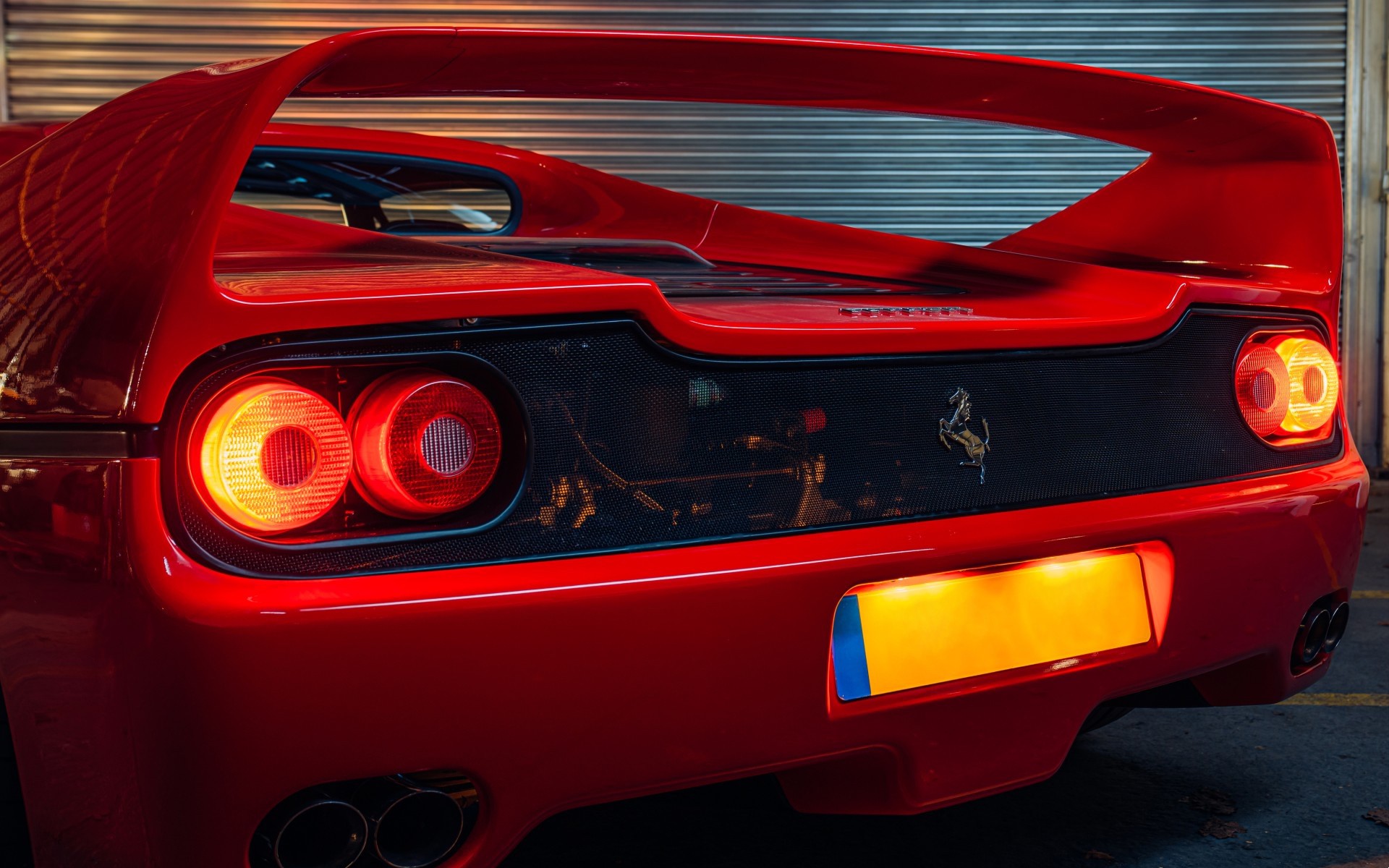

Enzo Ferrari, the company’s founder, passed away in 1988, and rough economic times had the company in dire straits despite the success of the F40. Ferrari needed an injection of new life—a true marque to show that the Prancing Horse brand was still relevant in the supercar world. Expectations were high for the F50. After all, it was the first new car developed after the death of Enzo.
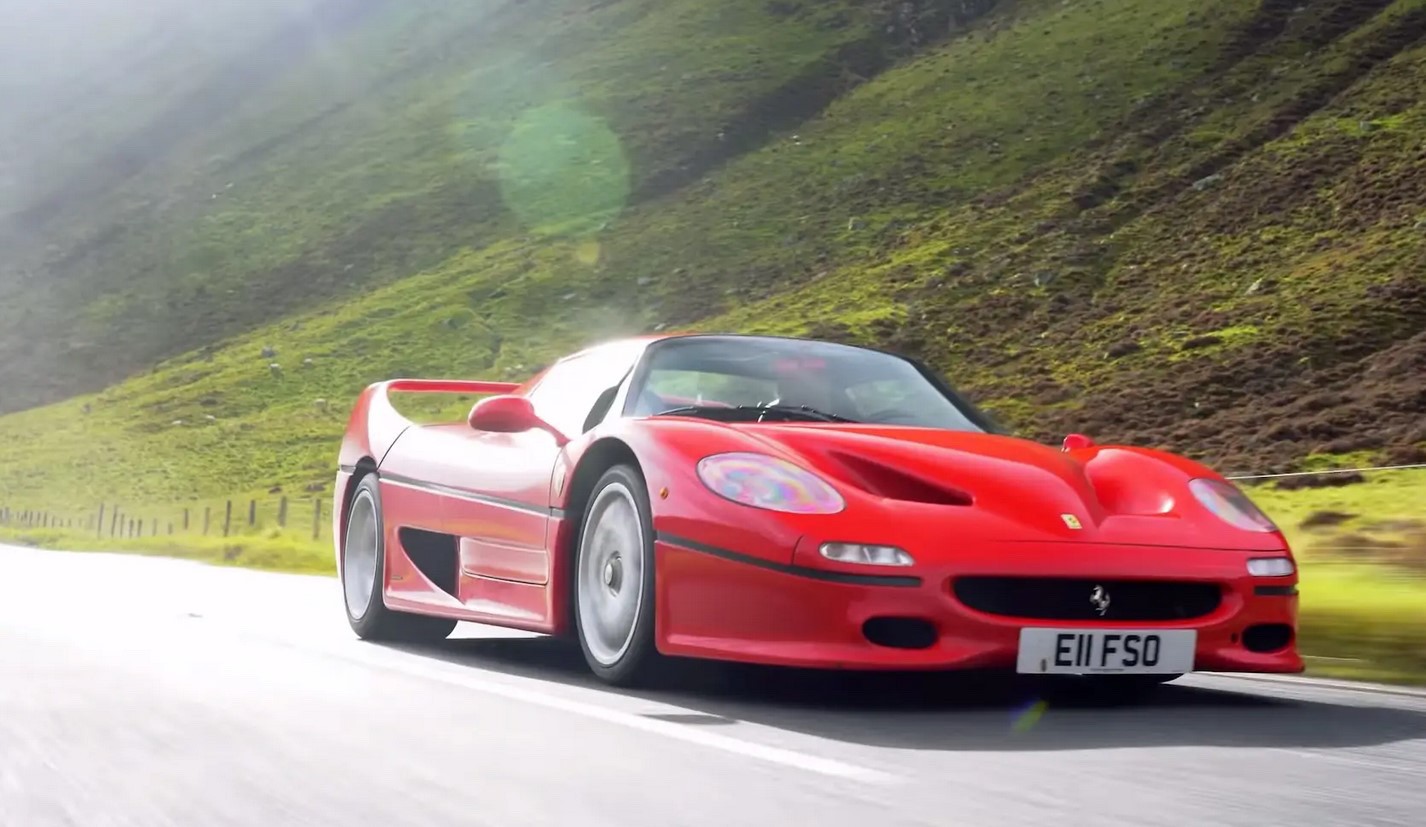

The Ferrari F50 did not disappoint. It was the closest one could get to having a Formula One car on public roads back then, much like the highly anticipated Mercedes-AMG One today.
Unlike the F40, which was produced in excess of 1,300 units, only 349 examples of the F50 were made. Ferrari went to extreme levels to keep the car out of the hands of speculators. The carmaker would only sign the title over to carefully selected clients after a lease period of two years.
How the Engine Highlighted the F50’s Performance
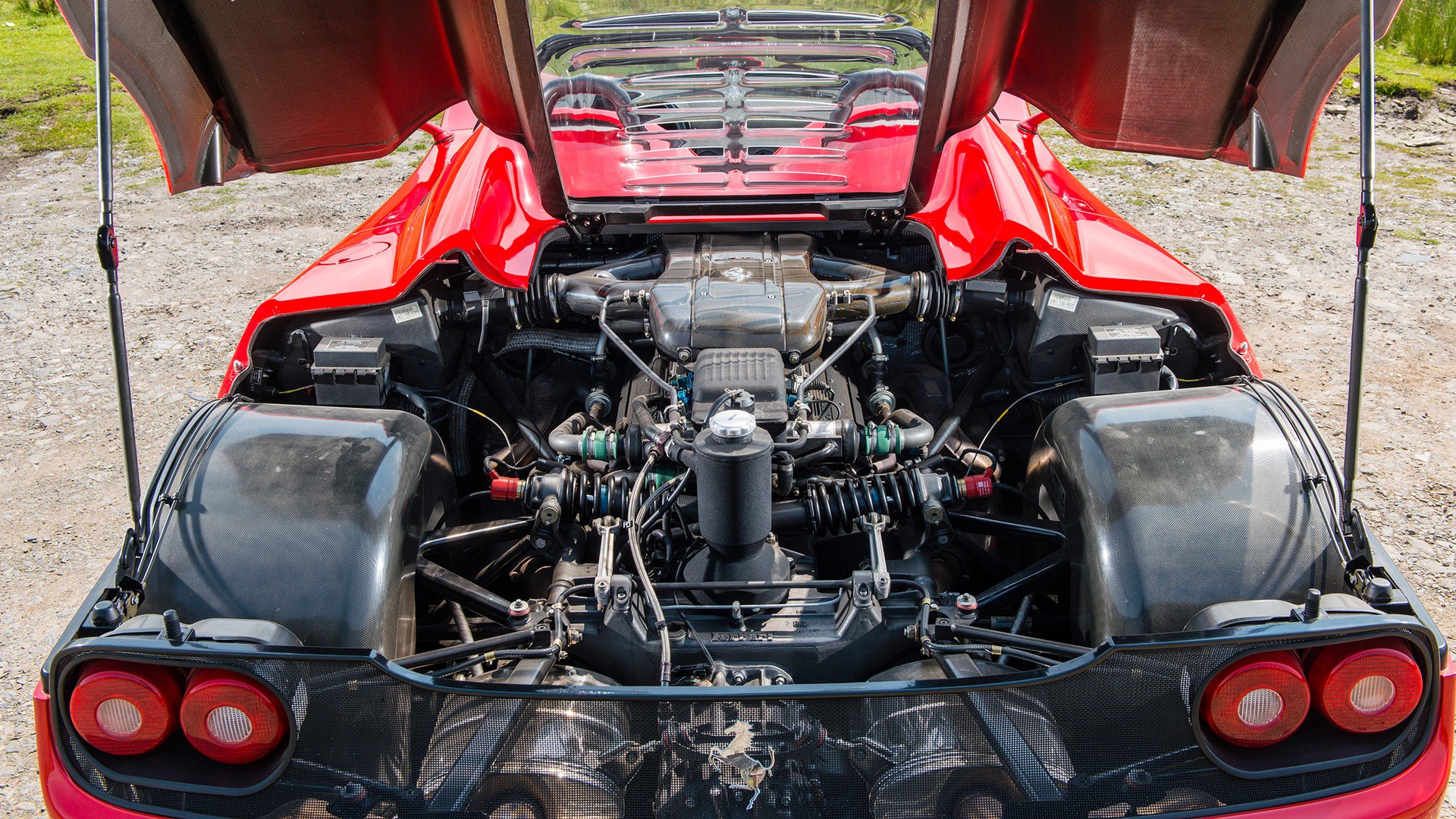

The Ferrari F50 was developed to deliver edge-of-the-seat performance. To create a true monster, Ferrari turned to its Formula One racing experience for inspiration. The limited-series supercar was essentially a carbon-fibre tub built around an engine sourced from an F1 racer—the 1990 Ferrari 641 F1 race car.
The naturally aspirated F130B 4.7-litre V12 engine (up from 3.5 litres in the F1 racer) was a clear departure from the twin-turbocharged V8 that propelled the F40. The screaming powerplant, visible beneath a clear plastic louvred engine cover, revved all the way to 8,500 rpm, pumping out 512 hp and 347 lb-ft of torque.That power was harnessed by a gated 6-speed manual and fed to the rear wheels.
More about the F50’s Construction
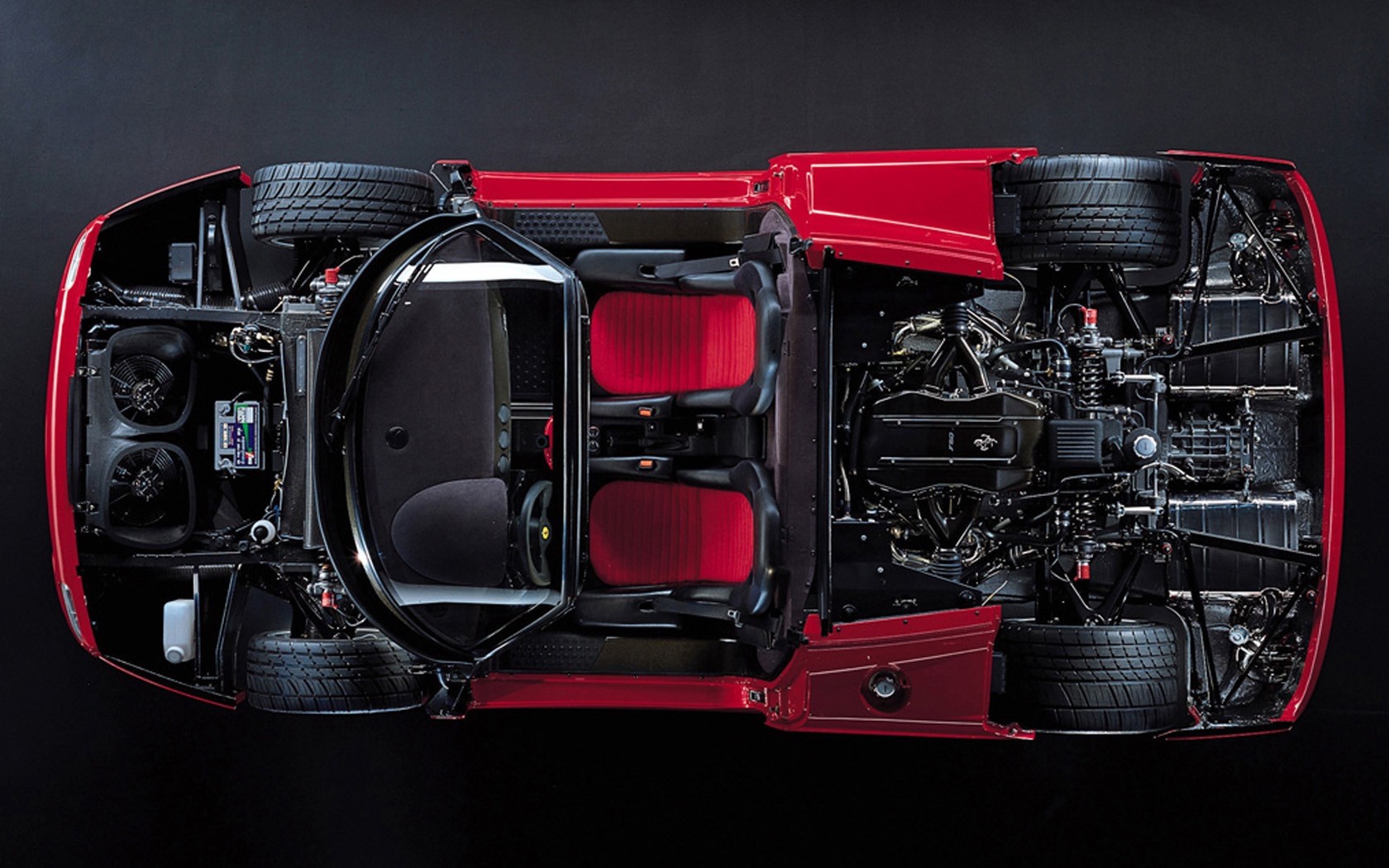

The powerplant in the F50 was pretty formidable, but it had to be supported by the proper framework to realize its full potential. Again, Ferrari turned to Formula One.
The F50 boasted a carbon-fibre tub, a first for Ferrari in a road-going car. The engine was bolted directly to the tub via metal subframes. It made the engine and transmission a part of the chassis itself—ideal for weight reduction and overall rigidity.
The extremely lightweight construction resulted in a supercar weighing just 2,712 lbs, several pounds lighter than cars like the Jaguar XJ220 or the Ferrari F40. Famous Italian house Pininfarina was responsible for the styling of the F50. While the design received some knocks back then, it has aged very well and is a fundamental part of the F50’s timeless elegance today.
The Ferrari F50 lacked the hard edges of its older sibling, the F40. However, it did have its own distinct design language. It is impossible to miss the signature forward air intakes or the low-slung profile with sleek lines leading to the massive rear airfoil.
The supercar was only offered in a Targa configuration, allowing unfiltered access to all the raucous drama of the naturally aspirated V12. It must be mentioned that removing the hardtop was no easy task, requiring two pairs of determined hands and a lot of patience.
The F50 Packs a Pretty Hefty Punch
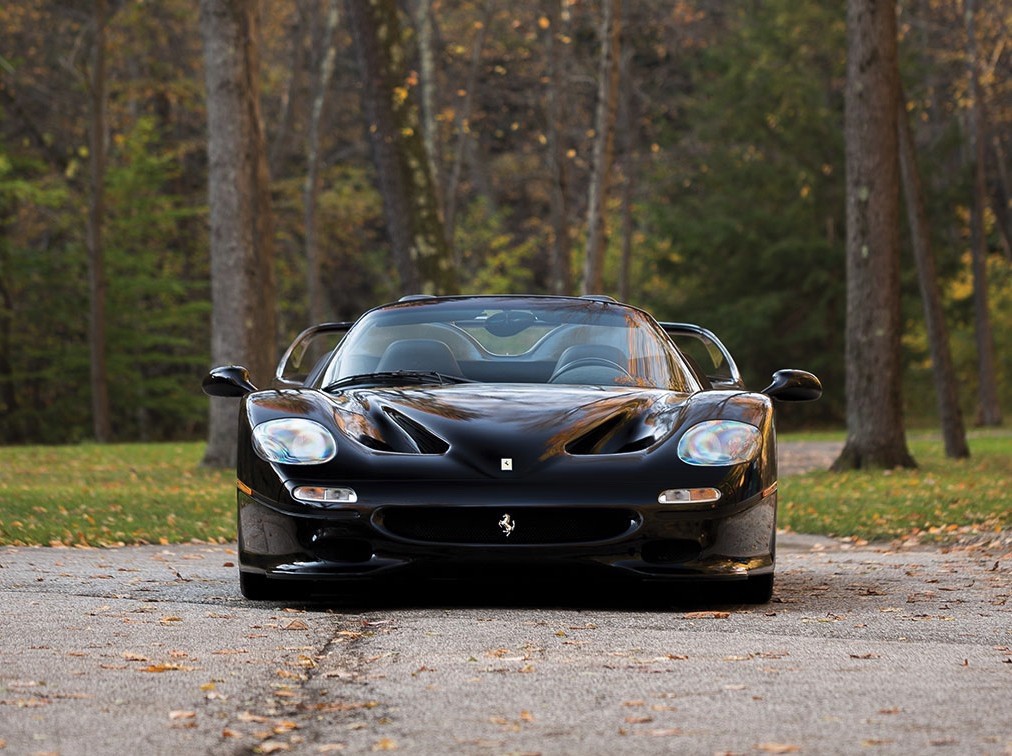

There’s no denying that the F50 wasn’t quite the technological revelation compared to, say, the McLaren F1. It also lacks the savage edge of the manic F40, being markedly more refined on the road. However, it would be a mistake to doubt the potency of the F50.
Ferrari built the F50 with a purist’s approach to high performance. Consequently, the car lacked fancy driver aids like power steering, power-assisted braking, and ABS.
That V12 powerplant sitting just behind the driver’s head wasn’t just for show. It combined seamlessly with the car’s lightweight construction and aerodynamic enhancements to deliver blistering performances under a heavy throttle foot.
With an experienced hand manning the 6-speed manual, the F50 could rocket to 60 mph in 3.8 seconds. It was also one of the few cars at the time with a top speed north of 200 mph.
A Halo Ferrari Supercar
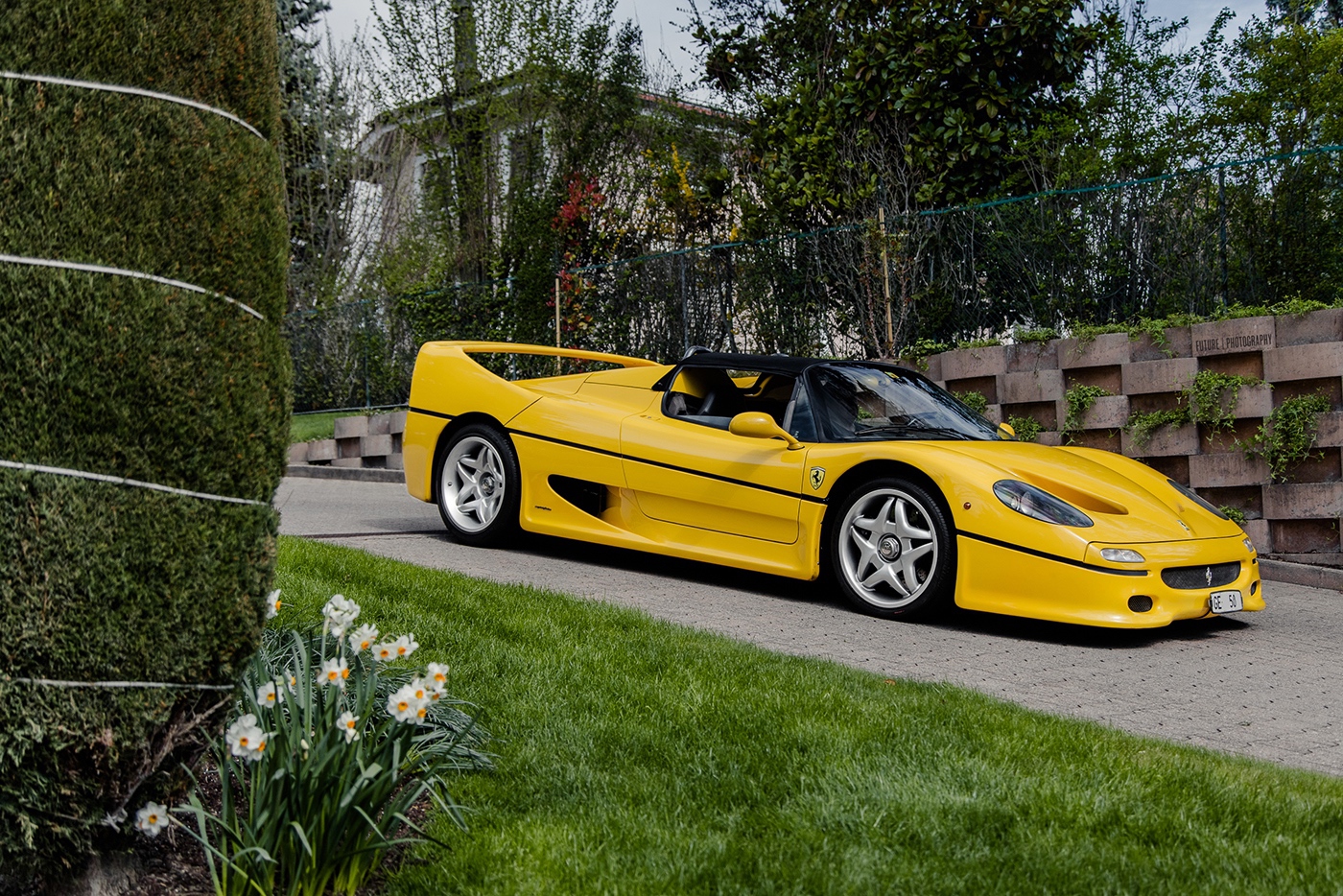

The F50 was never quite able to match the reputation of the F40; this is one of the key reasons it went mostly ignored. Some people might also argue that it was just a stop-gap pending the arrival of another flagship, the Enzo Ferrari.
Another reason why the F50 struggled for relevance was that it existed at the same time as the McLaren F1, which was arguably the greatest car of the ’90s era—and by some distance.
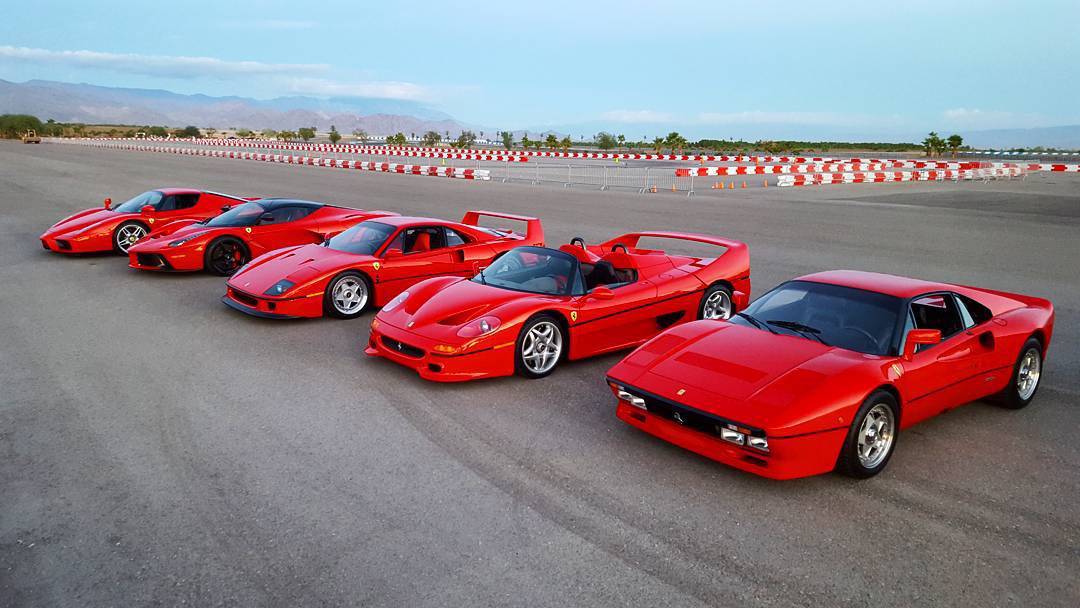

Thankfully, time has been kind to the F50, as evidenced by its skyrocketing value. It possesses the critical elements needed to reinforce its status as a highly desirable collectible—limited numbers, halo supercar status, and best of all, a naturally aspirated V12 coupled with a gated manual transmission.
Ultimately, the F50 is fully deserving of its spot among the Ferrari ‘Big Five’—alongside the 288 GTO, F40, Enzo, and the LaFerrari. As pointed out before, wealthy collectors already realize the value of this incredible supercar, but it’s time others recognized the impact of the F50 as one of the last true analog supercars.
